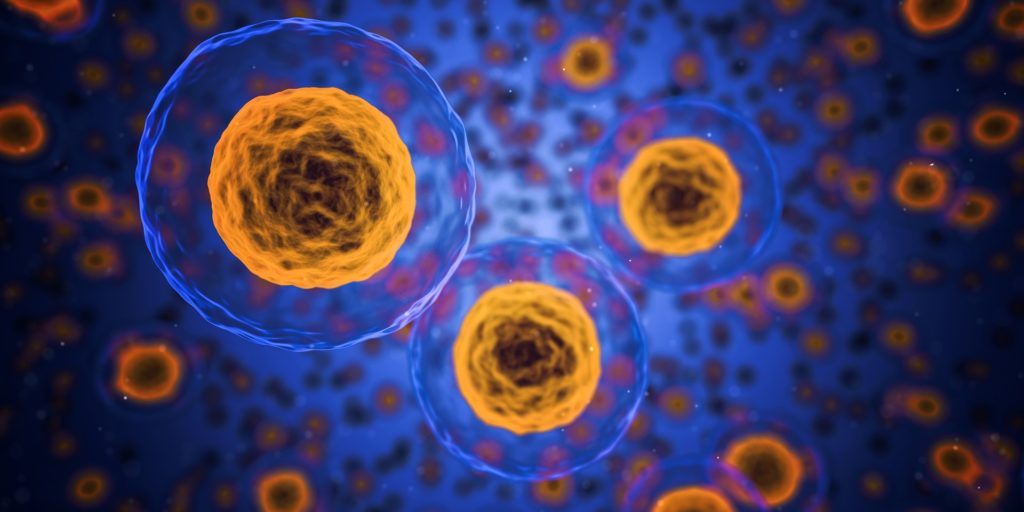
· Lupus, an autoimmune disease, affects over 1.5 million people in the U.S.
“Until now, the causes of this disease have remained unclear.”
· Scientists are working to expand research into novel treatments.
Scientists from Northwestern Medicine and Brigham and Women’s Hospital have identified a molecular defect that triggers the pathologic immune response in systemic lupus erythematosus (lupus) and suggest that correcting this defect may reverse the disease.
Lupus affects more than 1.5 million people in the U.S. Until this new study, the causes of this disease were unclear. Lupus can result in life-threatening damage to multiple organs, including the kidneys, brain and heart. Existing treatments often fail to control the disease, the study authors said, and have unintended side effects of reducing the immune system’s ability to fight infections.
“Up until now, all therapy for lupus has been like using a blunt instrument. It involves broad immunosuppression,” said co-corresponding author Dr. Jaehyuk Choi, who is an associate professor of dermatology at Northwestern University Feinberg School of Medicine and a Northwestern Medicine dermatologist. “By identifying the cause of this disease, we have discovered a potential cure that will not have the side effects of current therapies.”
“We have discovered a fundamental imbalance in the immune responses of lupus patients and have identified specific mediators that can correct this imbalance and reduce the pathological autoimmune response,” said co-corresponding author Dr. Deepak Rao, an assistant professor of medicine at Harvard Medical School, a rheumatologist at Brigham and Women’s Hospital, and co-director of its Center for Cellular Profiling.
In a study set to be published in Nature on July 10, scientists are reporting a new pathway that contributes to disease in lupus. They have found that there are changes in multiple molecules in the blood of lupus patients that are linked to the disease. These changes lead to inadequate activation of a pathway regulated by the aryl hydrocarbon receptor (AHR), which controls how cells respond to environmental pollutants, bacteria, or metabolites. Inadequate activation of AHR leads to an excess of disease-promoting immune cells known as T peripheral helper cells, which in turn promote the production of disease-causing autoantibodies.
The researchers demonstrated that the aryl hydrocarbon receptor-activating molecules could be used in treatments by applying them to blood samples from lupus patients. This appeared to transform the cells responsible for causing lupus into a cell known as a Th22 cell, which may help in healing the damage caused by this autoimmune disease.
“We found that by either activating the AHR pathway with small molecule activators or reducing the pathologically excessive interferon in the blood, we can decrease the number of these disease-causing cells,” said Choi, who is also the Jack W. Graffin Professor at Feinberg. “If these effects are long-lasting, this could potentially lead to a cure.”